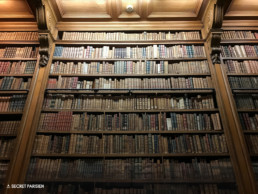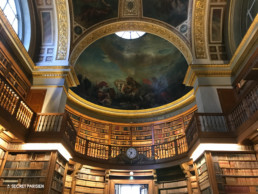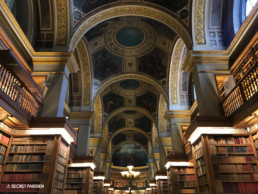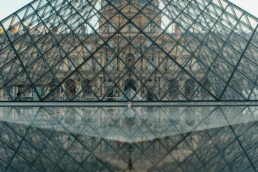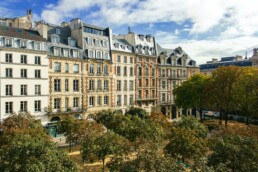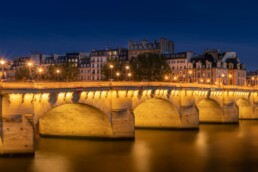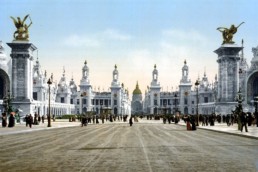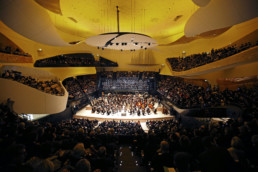In the beating heart of the Republic, the Library of the National Assembly unfolds like a sanctuary of knowledge, an oasis of calm where time seems suspended. Created by the law of 14 Ventôse an IV, on March 4, 1796, this library has always been intended for deputies, providing them with the resources needed to fuel their debates and decisions.
As early as 1792, while the French Revolution continued to upheave the established order, the Legislative Assembly felt the need for reference works. In 1793, Abbé Grégoire was appointed librarian, and in 1794, the Committee of Public Safety decided to form a collection of the best works related to the tasks of the various committees of the National Convention. This collection would become the nucleus of the Library of the National Assembly.
Under the direction of Armand Gaston Camus, the library quickly grew thanks to works drawn from the Literary Deposits, where the libraries of religious figures and émigrés were gathered during the Revolution. From 1796 to 1828, it benefited from legal deposits which further enriched its collections. The library became not only a documentation organ for legislators but also a cabinet of rare and precious pieces, especially due to the purchases by Pierre-Paul Druon starting in 1804.
However, the library’s installation remained precarious and shifting until 1834. That year, after the state acquired the property of the Duke of Bourbon in 1827, Jules de Joly built permanent premises on the site of former courtyards and gardens: a majestic vessel 42 meters long, 10 meters wide, and 15 meters high, ending in two hemicycles and divided into five bays topped with domes. In 1838, Eugène Delacroix was tasked with its decoration, a work that would take nine years due to interruptions caused by parliamentary sessions.
Each of the library’s five domes is dedicated to a different discipline, illustrated by scenes and events: in the center, Legislation; on one side, Theology and Poetry; on the other, Philosophy and Sciences. Delacroix, with his pictorial genius, bestowed each dome with a unique atmosphere where the past and present seemed to merge harmoniously.
The anecdotes about Delacroix’s decoration of the library are numerous. It is said that he spent long hours perched on scaffolding, brush in hand, absorbed in the creation of monumental frescoes. One day, while painting the dome dedicated to Poetry, he found inspiration in a collection of Victor Hugo’s verses, letting the melancholy and grandeur of the poet’s words shine through his scenes.
Today, the library continues to grow, primarily to meet the needs of legislators. With nearly 300,000 entries cataloged in a computerized system, it allows for in-depth searches by author, title, theme, or publication date. The books are stored on 18 kilometers of shelves in the basements of the Cour d’honneur, a true labyrinth of knowledge where each book waits to be rediscovered.
Thus, the Library of the National Assembly is not just a place for reading. It is a temple of thought and culture, a space where each turned page resonates as a homage to history and wisdom. Leaving its walls, one carries away a fragment of this intellectual wealth, a spark of knowledge that illuminates the paths of reflection and creation.
Lire également :
5 November 2024
The Louvre Pyramid: Symbol of Architectural Boldness
5 November 2024
Baron Haussmann: Architect of Parisian Metamorphosis
5 November 2024
The History of Place Dauphine: A Parisian Evocation
5 November 2024
The History of the Pont Neuf: A Parisian Reminiscence
25 May 2019
L’exposition universelle de 1900
10 December 2017
The Philharmonie de Paris: Modern Harmony and Musical Heritage
17 July 2017





